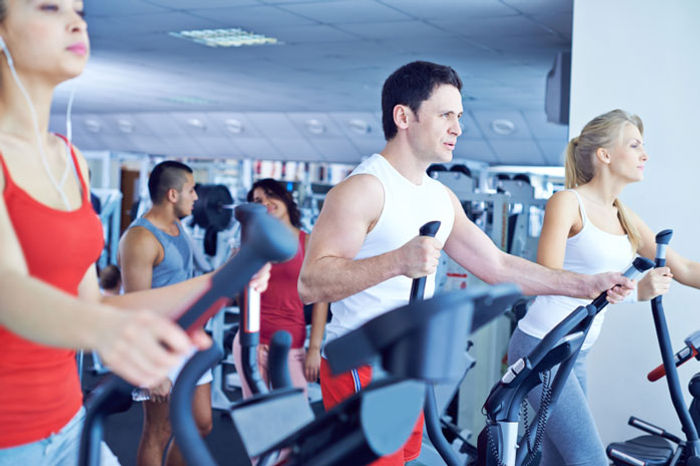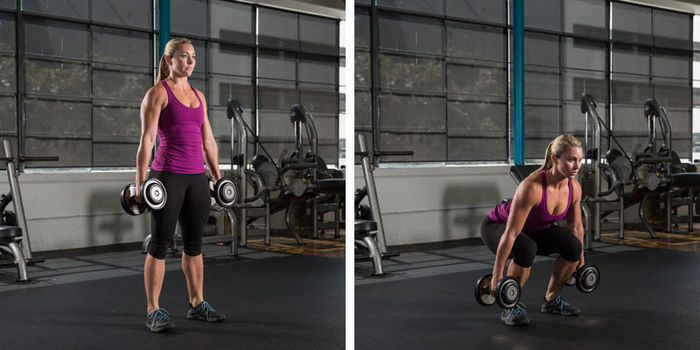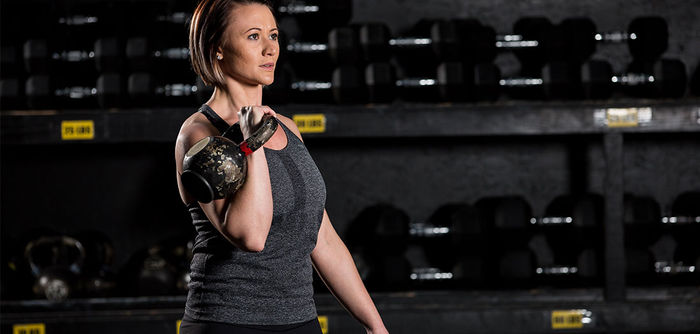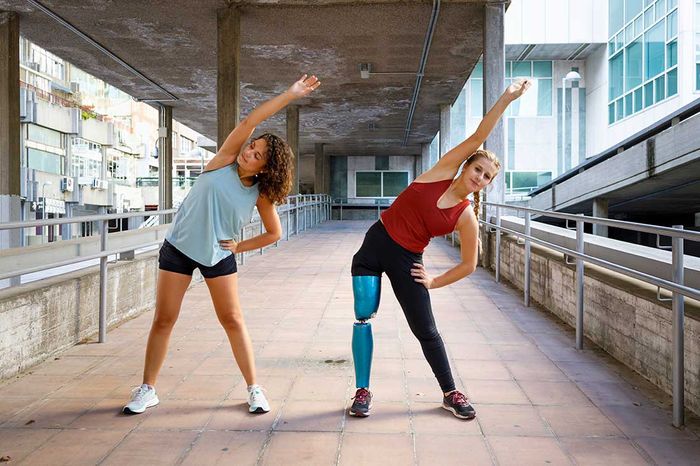Experiencing low-back pain during sit-ups or crunches is a common issue. If sit-ups cause back pain, a number of other exercises can be used to strengthen the core.
Traditional sit-ups use more of the hip flexor muscles—which attach between the thigh bones and lower back (lumbar spine)—than the actual rectus abdominis (the "six-pack" muscle). Since the hip flexors attach to the front of the lumbar spine, if they become overworked or overtightened they can create an anterior (forward) pull on the lumbar vertebrae, which might be the reason for the discomfort.
Another reason for low-back soreness might be the fact that doing sit-ups on the hard floor pushes the spine into a hard surface, which could cause additional pressure on the posterior portion of the spine.
Because sit-ups focus on the movement of spinal flexion and use only a few muscles (the rectus abdominis, the external obliques and hip flexors) in the front region of the mid-section, consider selecting other exercises that use muscles on both the front and back sides of the core. If your back only bothers you when doing sit-ups, skip that exercise and choose others that will strengthen the entire core as opposed to one specific area.
Other exercises that can strengthen the core and help alleviate low back pain include:
- Front plank
- Side plank
- Glute bridge: This is a great exercise for the hip extensor muscles (gluteus maximus) and an active stretch of the hip flexors. The glutes and abs work on opposite sides of the pelvis, so it is extremely efficient to work both sides together.
- Standing lift (hay bailer): This is an excellent exercise for simultaneously strengthening the hips, core, shoulders and back.
Finally, if your back starts to feel stronger and you would like to try to do sit-ups again, try using a stability ball. A ball provides support for the curvature of the lumbar spine and allows a full range of motion while reducing the pressure on the vertebrae that is created when flexing the spine on a hard surface. Additionally, using the stability ball for crunches requires engaging the glutes and hips for support, so more muscles are being worked at the same time.
 by
by 










 by
by